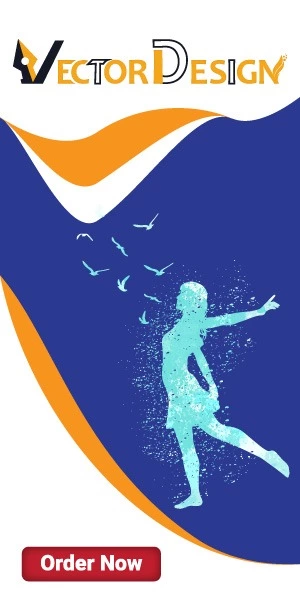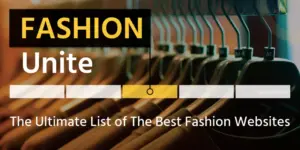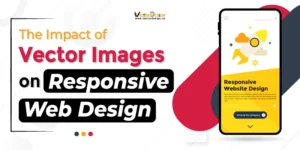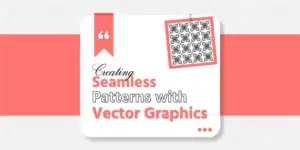Vectorizing an image means converting a regular picture made of tiny dots (pixels) into a special type of image that uses math equations. The cool part is, that this new type of image doesn’t lose quality when you make it bigger or smaller. This unique quality finds its pinnacle in the process of image to vector conversion. It’s like magic for pictures! Designers use this trick to make logos, illustrations, and graphics that look great no matter how big or small they are.
However, using vectorized images in business comes with responsibilities. Ethics of Vectorizing Images means respecting creators’ rights, adhering to copyright laws, and ensuring honesty in showcasing products. When people are involved, obtaining permission is crucial for privacy. When vectorized images show people, getting their permission to protect their privacy is crucial. Lastly, considering the environmental impact of creating and using these images is part of being ethical in business. Overall, ethical use of vectorized images means being fair, honest, and respectful in every aspect.
Ethics of Vectorizing Images for Commercial Use
Ethics of Vectorizing Images in the commercial realm and responsible practices are shaped by several key considerations. These considerations guide the conscientious and fair use of images, ensuring a balance between creativity, legal compliance, and respect for individuals and communities. The following principles are central to ethical image vectorization in commercial contexts:
Copyright Compliance
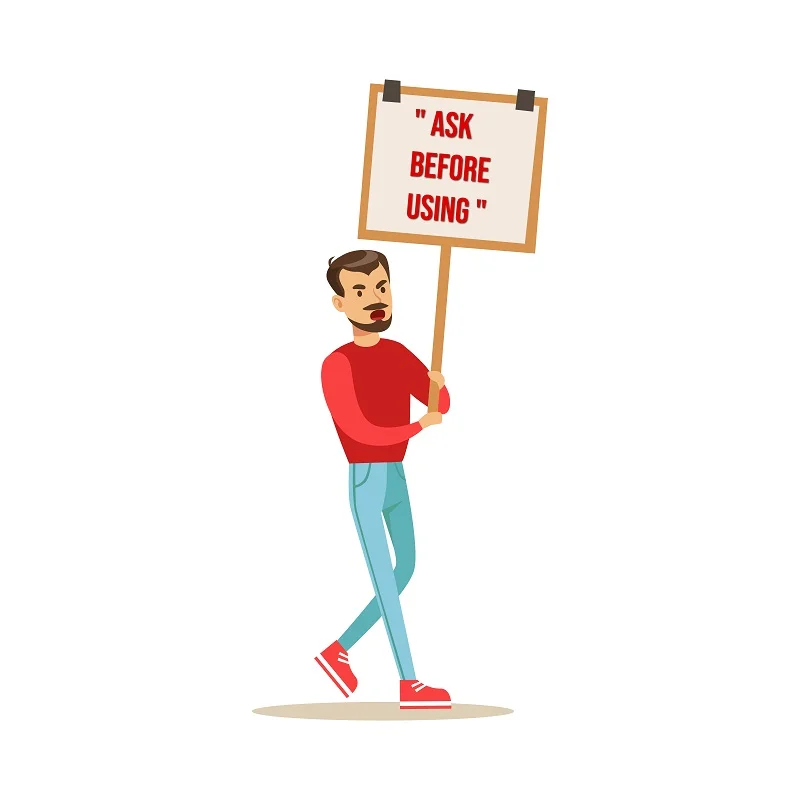
When we turn pictures into vector images for business use, it’s super important to follow the rules. This means getting permission or the “green light” before making these changes. This process respects the rights of the people who created the images. We have to play fair and stick to the laws about who owns what. By doing this, we avoid getting into trouble with copyright issues and keep everything legal and above board.
Suggested Article- Copyright Free Vector Images Sources
Attribution and Recognition

Think about when you create something awesome, like a drawing. Now, what if someone else wants to use your drawing? It feels good when they say, “Hey, this cool thing was made by you!” That’s what attribution is—giving credit to the person who created something. It’s like saying, “This awesome image was made by [the creator’s name].” This makes people feel appreciated for their hard work.
And you know what happens when you’re honest and give credit? It builds trust. Just like when you trust a friend who’s always honest, people trust businesses that give credit where it’s due. So, when using cool images others made, always say, “Thank you” by mentioning the person who created it. It’s like building a good friendship with your audience.
Authenticity and Originality
The Ethics of Vectorizing Images emphasizes the importance of originality, encouraging designers to add their unique touch for more interesting and authentic creations. So, when turning images into vectors for your business, try to add your touch. This originality sets your work apart and makes it stand out.
Imagine if everyone made the same cake, using the same recipe. Boring, right? In the same way, when working with images, it’s important not to copy someone else’s work without adding your creative spin. Replicating things without adding your unique touch takes away from the fun and creativity of it all. Striving for originality ensures that your vectorized images have your special flavor, making them more interesting and authentic.
Informed Consent

Think about when someone takes a picture of you. Now, imagine if they used that picture for something without asking if it’s okay—that wouldn’t feel good, right? The same goes for pictures of people we want to turn into cool vectors for business.
Informed consent is like being polite. It means asking, “Hey, can I use your picture for this project?” This way, people know what we’re doing with their images, and they agree to it. Everyone deserves privacy, even in pictures. So, before turning someone’s photo into a vector, it’s important to ask for permission. It’s like saying, “Is it okay if I share this?” Respecting people’s privacy and getting their permission is fair and polite when we’re working with images.
Cultural Sensitivity
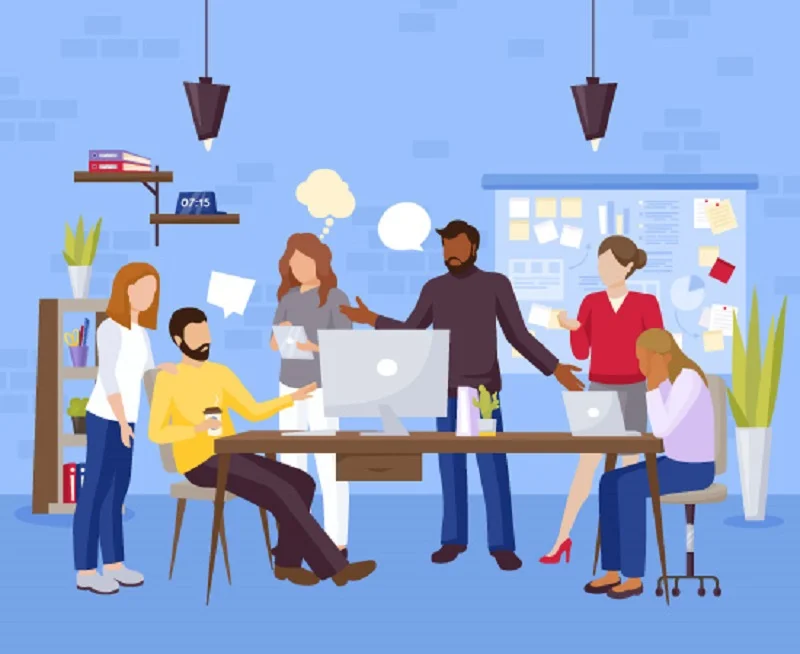
When you have cool symbols or designs from different cultures, like different stories. Now, what if you used them without really knowing what they mean? That could cause some confusion or even upset people.
So, when turning images into vectors, it’s like telling a story. Be thoughtful about the cultural context, like the background of those symbols or designs. Know what they mean to make sure you’re using them in the right way. It’s a bit like showing respect for different stories and making sure you don’t accidentally upset anyone. Being aware of cultural meanings when creating images helps us be respectful and understanding, making sure our designs are inclusive and don’t unintentionally hurt feelings.
Environmental Impact:

Imagine creating something, and every step you take has an impact on the Earth, like footsteps. Well, making vectorized images is a bit like that. It’s important to think about how this process affects our planet.
In the creative realm, the Ethics of Vectorizing Images emphasizes environmental mindfulness, encouraging choices that are both sustainable and friendly to our planet. It’s like choosing to use things that are friendly to the environment. When turning images into vectors, try to be kind to the Earth. Use materials that don’t harm it, produce less waste, or pick gentle processes. Being aware of the environment helps us make choices that are better for the Earth, making our creative process more sustainable and Earth-friendly.
Fair Compensation:

Think about making something awesome, like a special cake. You put in a lot of time and effort, right? Well, artists do the same with their creations, like turning images into cool vectors. Now, imagine if someone wanted to use your amazing creation but didn’t appreciate your hard work. Not great, huh?
Fairness is like making sure everyone gets a fair piece of the cake. In the business world, this means artists should be paid fairly when their vectorized images are used for business stuff. It’s like saying, “Hey, your work is valuable, and we want to make sure you’re treated right.” This fairness comes through things like proper agreements or licenses, ensuring that artists get a fair share and keeping things creative and fair for everyone.
User Privacy

When dealing with content created by users, respecting privacy is crucial: Users share a piece of themselves when creating content. Whether it’s a photo or other contributions, respecting their privacy is like being a good friend—showing consideration for what they’ve shared.
It’s a bit like asking for permission before borrowing something from a friend. When using user-generated content, whether it’s for vectorization or other purposes, always get explicit consent. This ensures that users are comfortable with how their creations are being used and builds trust in the community. Respecting user privacy is not just a legal requirement but also a way of fostering a trustworthy and respectful online environment.
Accuracy and Representation
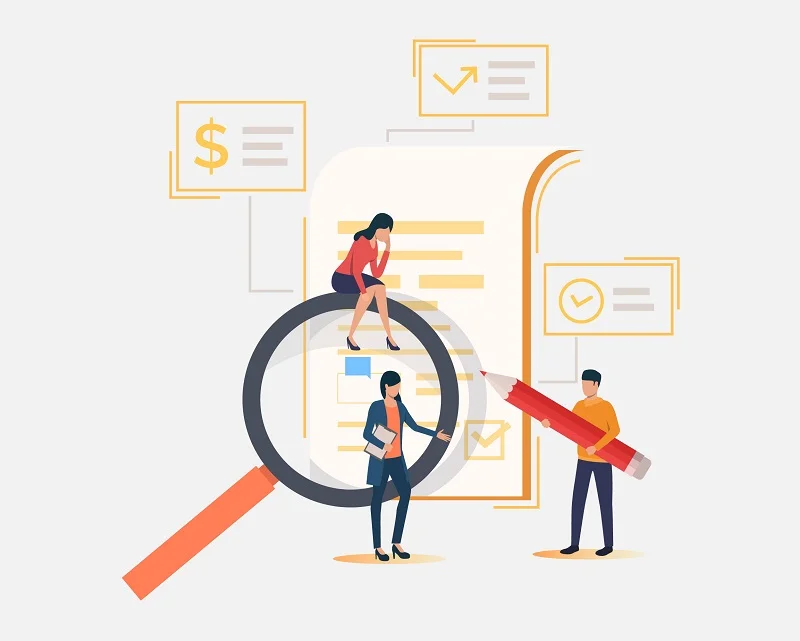
In the world of vectorized images, being accurate and truthful is key. Imagine telling a story but changing some details—it wouldn’t be accurate, right? Similarly, when turning images into vectors, accuracy is crucial. Representing the original image with precision ensures that the message or idea it conveys remains true.
Images carry messages, and altering them can change those messages. When vectorizing, it’s important not to distort or misrepresent images, especially those with cultural or social significance. This is like respecting the story behind the image. Being truthful in representation helps avoid misunderstandings and promotes a more respectful and inclusive visual language.
Community Impact
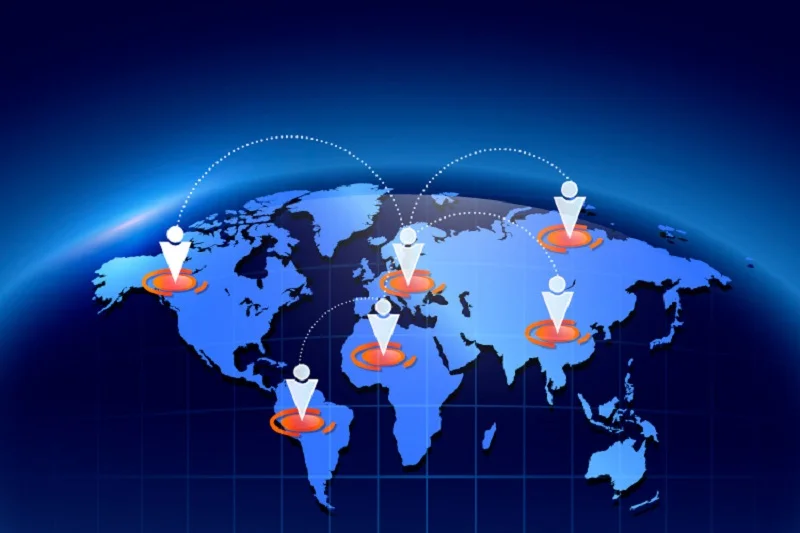
When working with vectorized images, think about the bigger picture and the impact on the community. Images aren’t just pictures; they can shape how people see the world. When creating vectorized images, think about how they might impact the community. Are they inclusive? Do they celebrate diversity? Being mindful of these questions helps create a positive influence.
Imagine vectorized images as colors on a canvas, adding vibrancy to the cultural and social landscape. Strive to contribute positively. Whether it’s through showcasing diverse perspectives, promoting understanding, or fostering creativity, the impact of vectorized images can go beyond visuals and make meaningful contributions to the community.
Conclusion
In conclusion, when it comes to the Ethics of Vectorizing Images for versatile use in business, it’s crucial to play by the rules and be respectful. First off, always get the green light before using someone else’s picture. Think of it like asking if you can use a friend’s favorite game before diving in. Additionally, don’t forget to give a shout-out to the original creator when you use their work. It’s a bit like saying, “Hey, this cool thing was made by this awesome person!” This not only shows gratitude but also builds trust in the creative world. So, let’s keep things fair, respectful, and fun in our digital adventures! Let’s always do things the right way in digital design and business. Being responsible and ethical means treating others’ work with respect. Ask permission before using someone else’s stuff, and give credit when you use it. It’s like playing fair and being honest in a big, creative game. By doing things the right way, we make sure everyone can enjoy the game and create cool stuff together.



